Db slides stockholm oct 8 2014 v2.ppt
Seminar: Does life science have a future in Sweden? Stockholm, October 8, 2014
The Third Industrial Revolution:
Three main drivers, many
Dr David Brown, PhD, FRSC, FRSM
Cambridge, UK
email: [email protected]
+44 (0) 7766 686 345
A brief history since the
discovery of Viagra
Viagra catalysed rapid corporate growth
Pfizer ranked number 5 in Viagra positive
global pharma at the time of
Phase 3 clinical trial
results announced;
first sales of Viagra in 1998.
• Rapid growth in sales
and valuation can support
borrowing capital to acquire
competitors. Pfizer share price 1990-1999
Pfizer became the largest pharma company in the world in the early
2000s following acquisitions of Warner Lambert/Park Davis and
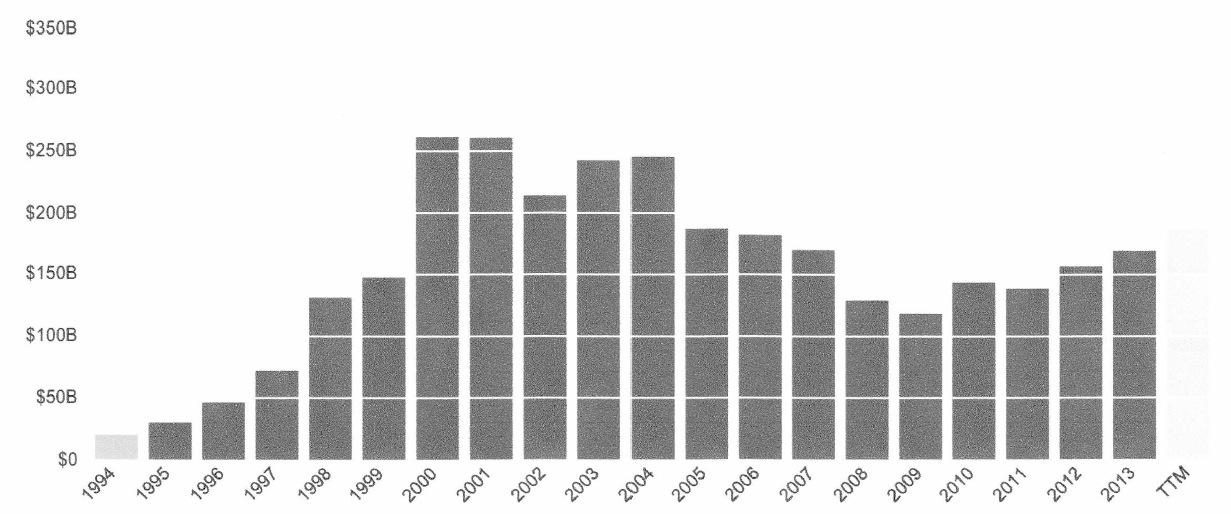
What happened next? More acquisitions. Pfizer market cap: destruction of shareholder value
Original market cap pre WL = $150bn + $112bn + $60 + $68 = $390bn
Current market cap = $188bn
Pfizer share price 1995-2014
Johnson and Johnson Inc.
AZ research safe in Pfizer's hands?
• What is the name of the last blockbuster
drug invented in Pfizer's own labs?
• What year was that drug invented?
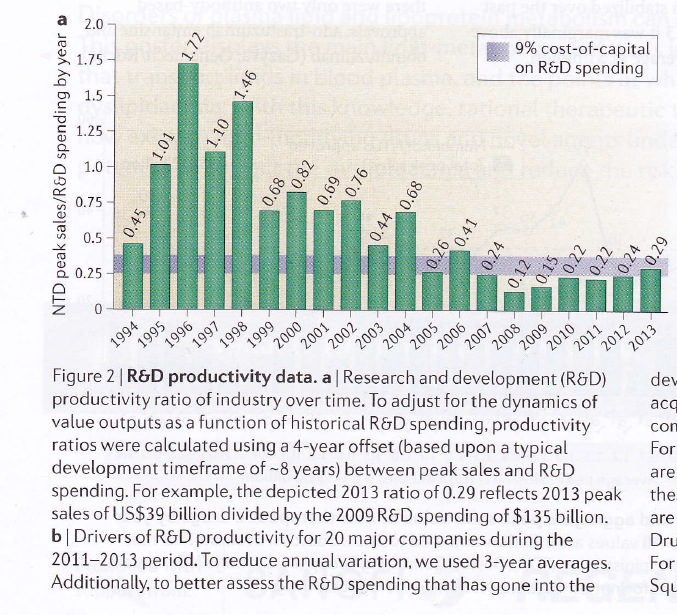
R&D Productivity decline.
Ratio of aggregate peak sales to R&D
(Calculated with a 4 year off-set).
Schulze et al. Nature Reviews Drug Discovery, 2014, 331-332
Grey band marks minimum acceptible productivity ratio
WHY? See next 3 slides
S-curve of technology development
"a generation" = 15-25 years

Ideally successive waves of technology
should overlap
Obsolete
Obsolete
Emerging new technology
Obsolete
Pharma: Gap between old
wave and new wave,
Induction time
We are now starting
the payback phase
David Brown, Drug Discovery Today, 2007, 12, 1007-1012
Healthcare / Biotechnology is taking off:
NASDAQ Healthcare Index
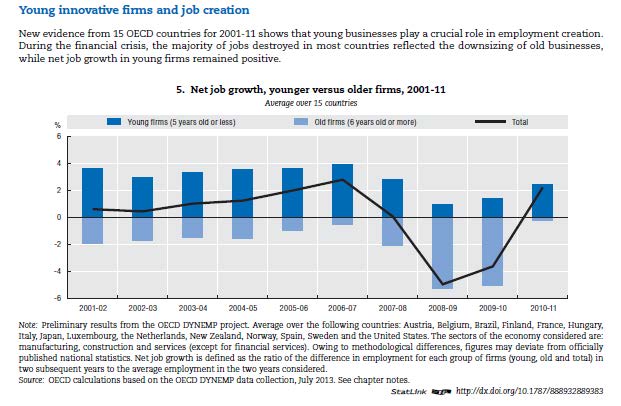
Where are the jobs of the future?
New small companies create net employment,
large companies destroy employment
Issue Based Industries and Clusters
Breed new companies, industries, jobs, & economic growth
Financial
Services Cluster
Creative
Industries
Wellbeing
Biocluster
Mobility
Experience
Industry
Industries
Aerospace &
Defence Cluster
Critical Success Factors for Clusters
Analysis by PwC for the EU, Brussels
Clusters enable these Critical Success Factors
1. The availability of funds and funding mechanisms
3. Risk-tolerant culture
4. Availability of entrepreneurial experience / mentoring to turn ideas into
business plans then into early stage companies
5. Commercial expertise to develop early stage companies into developed
6. Ability of cluster organisation to positively influence regional and
national government
All these are more available within a cluster
How clusters start
1. Spontaneous clusters
- spontaneous agglomeration of key enabling factors. No direct involvement
of public funding. Mostly seen in USA and UK.
- based on strong science, effective technology transfer, entrepreneurial
culture, availability of risk finance, strong legal framework.
2. Policy-driven clusters
- result of policies by governments and regions. More common in Europe.
- based on e.g. industry-restructuring policies, or policies to develop new
3. Hybrid clusters
- elements of both private and public e.g. San Diego USA
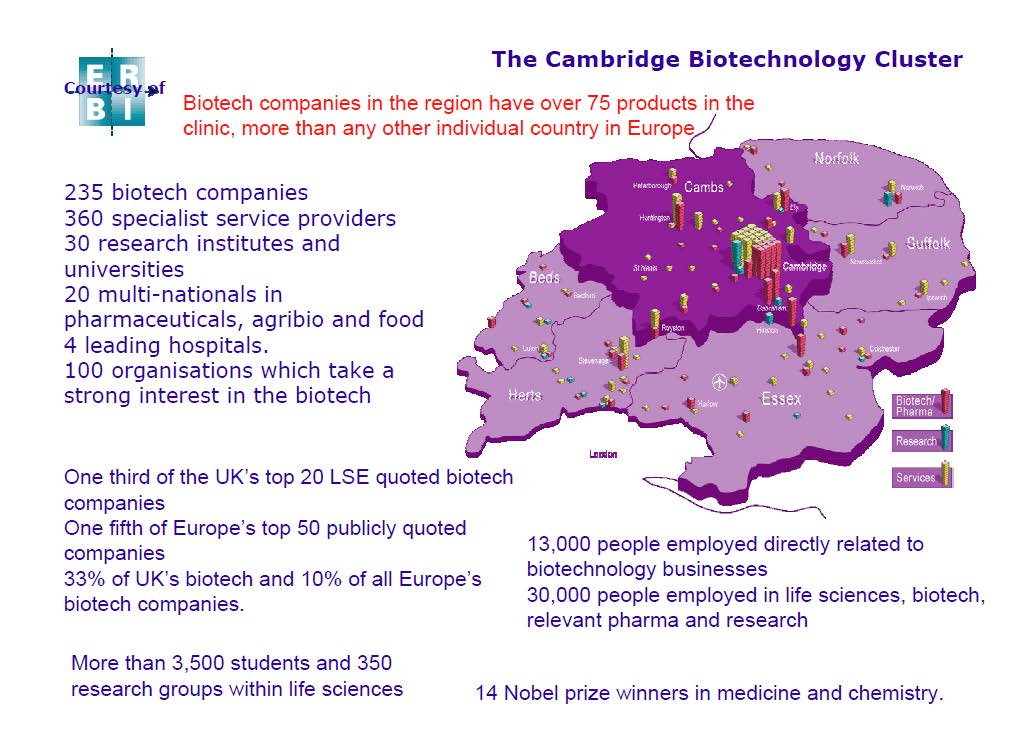
Cambridge had no recession 2007-‐9.
There is full employment
Babraham Research Campus, Cambridge, UK
Biotechnology Incubator
Breakthroughs that drove the
1st and 2nd Industrial Revolutions
1st Industrial Revolution 2nd Industrial Revolution
1770-1830, England
1870-1920, Germany/ USA
1. Energy: coal, steam
1. Energy: oil, electricity
2. Communication:
2. Communication: cars,
canals, railways,
highways, telegraph,
telephone, aircraft
3. Financial: London
3. Financial: Limited liability
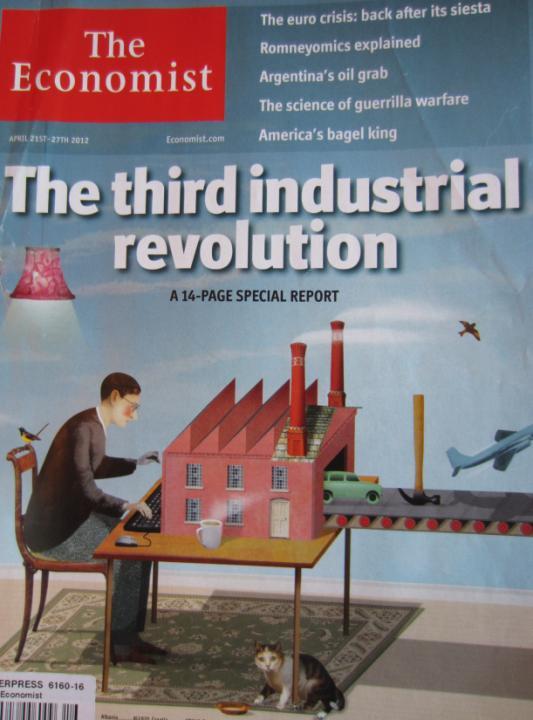
The massive opportunity
• We are in the early stages of the
3rd Industrial Revolution
1st Industrial Revolution:
2nd Industrial revolution:
3rd Industrial Revolution:
1990's - 2030s?
• Europe must participate fully Technology policy and cluster
policy are critical
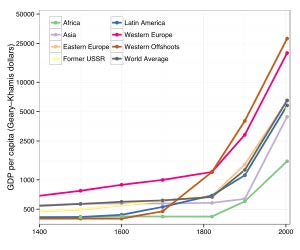
GDP per capita lift-off
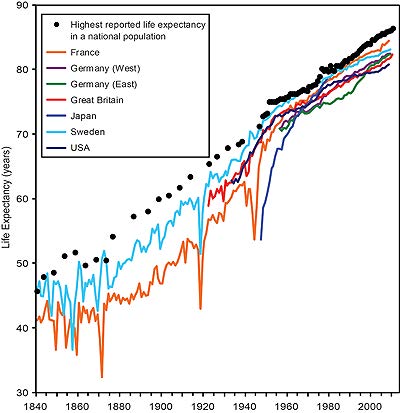
Lifespan has increased linearly
since the 1st Industrial Revolution
3rd Industrial Revolution
What are the 3 breakthroughs?
1. Communication: internet 2. Energy: solar, new (safe) nuclear 3. Financial: internet 'banks', crowd funding
Costs dropping dramatically.
Performance rising dramatically.
NOTE: Still on steep downward trajectories
People today can access free on
smartphones capabilities that recently
'Abundance: The future is better than you think'. Diamandis and Kotler 2012
3rd Industrial Revolution
What are the 3 breakthroughs?
1. Communication: internet 2. Energy: solar, new (safe) nuclear 3. Financial: internet 'banks', crowd funding
Solar power: increasing efficiency
Exponential increase in installations
- and reduction in price
Solar (not gas) is the fastest-growing
power generation capacity in USA
China - Wuxi Suntech Power expects the cost of electricity from solar
modules to equal coal by 2016-17.CEO Eric Luo
Solar is the most scalable energy source
Earth has 10,000 times more sunlight than global energy demand
3rd Industrial Revolution
What are the 3 breakthroughs?
1. Communication: internet 2. Energy: solar, new (safe) nuclear 3. Financial: internet 'banks', crowd funding
Dematerialisation of finance
Google – The New Bank – Rollover BitCoin
- GoogleWallet. Pay in store, send/receive money, has banking
license in Europe already
- Based on Google Android platform which is global already
Apple - Apple Pay. Security improved. (iPhone fingerprint sensor).
Secure >> credit/debit cards
Facebook - registering for banking license in Ireland
Younger generation already atuned. Vast customer base already
Next - they start lending!
Germany: >25% Internet purchases now paid for through Ebay's
subsidiary PayPal (>150 billion euros). Now offering credit. Can link credit card to account and charge automatically.
Rapid growth in funding start-ups by
Crowdfunding in UK & USA
• What is it: individuals act as Angels/ Venture Capitalists • Origins: Kickstarter USA 2009, rapid take-off 2011 in USA, 2012 in
• Types: several models (donation, early product access, equity, fund) • Amounts raised: typically thousands to hundreds of thousands $/£/
Euro. Steadily increasing.
• Potential:
– If only HNWs input 2% of investable wealth, it would dwarf VC by an order of
magnitude per annum.
– If the general public adds to this, the potential is vast.
• Legislation UK 2014, USA JOBS Act etc • In UK, Enterprise Investment Scheme encourages investment and
new company formation.
How to encourage public to invest
in new industries
Enterprise Investment Scheme (EIS)
Seed Enterprise Investment Scheme (SEIS)
30% returned via Income Tax (50% returned for SEIS)
Any losses can be off-set vs Capital Gains Tax (CGT) or income Tax
All gains are CGT free after 3 years
No Inheritance Tax on shares bought through EIS
SEIS: Up to £100k a year can be invested per person
EIS: Up to £1m a year can be invested
How much can companies
raise under SEIS and EIS?
SEIS
Eligilibity requires < 2 years old, <25 employees, < £200k gross assets
Start-up company can raise up to £150k
EIS
Eligibility requires <250 employees and assets <£15m
Company can raise up to £5m per annum, to be used within 2 years in
> £1billion was invested in start-ups by the public under EIS in 2012
Third Industrial Revolution is here.
Massive change underway, massive opportunity, but
challenges old model in every way.
Healthcare and Biotechnology are entering explosive
- 2 of the factors of the Third Industrial Revolution are
key drivers: Communication/computing/internet and
Success factors for clusters must be understood to guide
Source: http://entreprenorskapsforum.se/wp-content/uploads/2014/10/DB-slides-Stockholm-Oct-8-2014-v2.pdf
Aesth Plast Surg (2012) 36:458–463 Control of Postoperative Pain with a Wearable ContinuouslyOperating Pulsed Radiofrequency Energy Device:A Preliminary Study Ian M. Rawe • Adam Lowenstein • C. Raul Barcelo •David G. Genecov Received: 18 May 2011 / Accepted: 29 September 2011 / Published online: 25 October 2011Ó Springer Science+Business Media, LLC and International Society of Aesthetic Plastic Surgery 2011
Newsletter - Spring 2005 2005 Section President Dean Fish 520-281-2994 [email protected] PRESIDENTS MESSAGE President – Elect Bruce Munda 520-292 -2999 [email protected] Vice President Dennis Moroney [email protected] Howdy! I hope this spring finds you and yours well. I would like to first thank Jeff Schalau for his great















